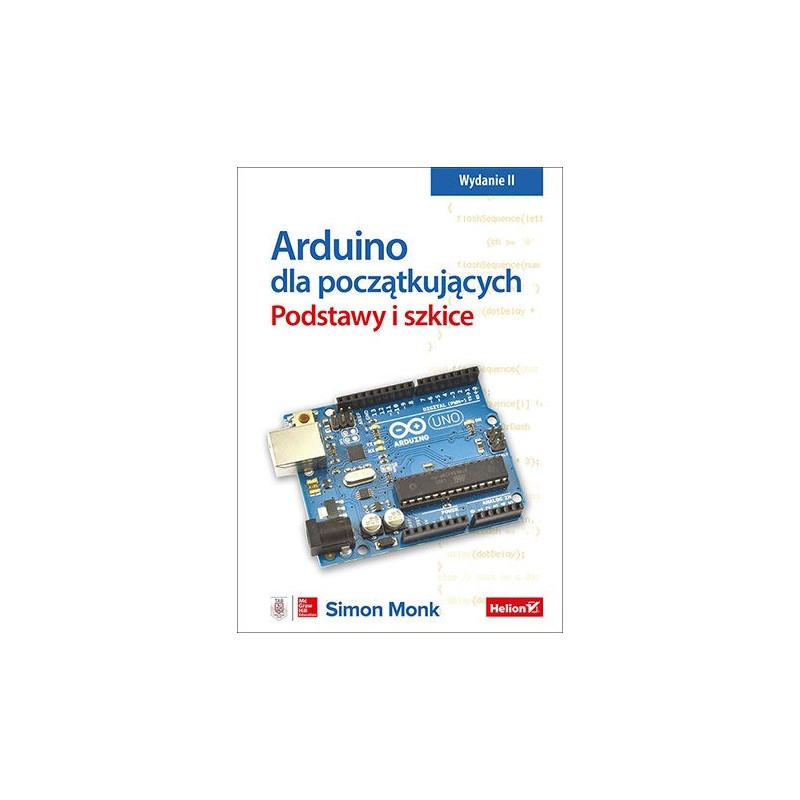- Out-of-Stock



Arduino programmer's guide!
If you're not on the way with a soldering iron and etching tiles, and your passion is electronics, Arduino is the platform for you! Thanks to it, you will develop wings and realize your dream projects. The Arduino market success has certainly been supported by great documentation, extensive sources of information and an environment specifically designed to create software. Currently, thanks to this platform and additional accessories you can build virtually any project - no matter if it is a Geiger counter or LED lighting controller.
In this book, the main focus has been on aspects related to Arduino programming. During the reading you will learn the basics of C language, and besides, you will learn to use data structures and use the analog and digital connectors on the Arduino board. In addition, you will learn the capabilities of the standard Arduino library, ways to save the program and information display techniques on LCD screens. At the end you will learn how to connect the Arduino board to the network, and then program the Ethernet network application. This book is a great guide for all electronics enthusiasts who want to get to know the Arduino platform better.
Thanks to this book:
A must read for every student of the Arduino platform!
Table of Contents
About the author (9)
Thanks (10)
Foreword (11)
Introduction (13)
Chapter 1. Here is Arduino (17)
Chapter 2. We start the adventure with Arduino (29)
Chapter 3. Fundamentals of the C language (39)
Chapter 4. Functions (59)
Chapter 5. Boards and Chains (73)
Chapter 6. Inputs and outputs (87)
Chapter 7. The standard Arduino library (103)
Chapter 8. Saving data (113)
Chapter 9. LCD displays (123)
Chapter 10. Arduino and programming the Internet of Things app. (133)
Chapter 11. C ++ and libraries (157)
Index (165)
No product available!
No product available!
No product available!
Panasonic Eneloop PRO R6/AA rechargeable batteries with a capacity of 2000mAh and a voltage of 1.2V. The set contains two pieces sold in a blister packaging. Panasonic BK-3MCCE/2B
No product available!
ROSA3D filament made of high-quality PLA granules. 3 kg of filament with a diameter of 1.75 mm is wound on the spool. ROSA3D PLA Starter Black
No product available!
Cable with USB typ A and microUSB typ B connectors, cable length 1.8 m. EQUIP
No product available!
No product available!
iPazzPort KP-810-19S is a miniature wireless keyboard for 2.4 GHz band with built-in touchpad. Designed specifically to work with Smart TVs and PCs. Can also be used with Raspberry Pi. KP-810-19S
No product available!
3-wire cable with JST-ZH plug, 30 cm, 3x1 JST, 1.5 mm pitch
No product available!
No product available!
No product available!
No product available!
LCD 4x20, 98x60mm, LED backlight (WHITE), FFSTN, backlight current I=60mA (U=5V)
No product available!
No product available!
No product available!
The computer with Intel Celeron N4100, has 4GB RAM and 32GB eMMC. It has Wi-Fi, Bluetooth 4.0, Ethernet, as well as Intel HD Graphics. Has support for Windows 10 and Linux. Version with activated Windows 10 Pro. DFRobot DFR0544
No product available!
No product available!

Simon Monk
